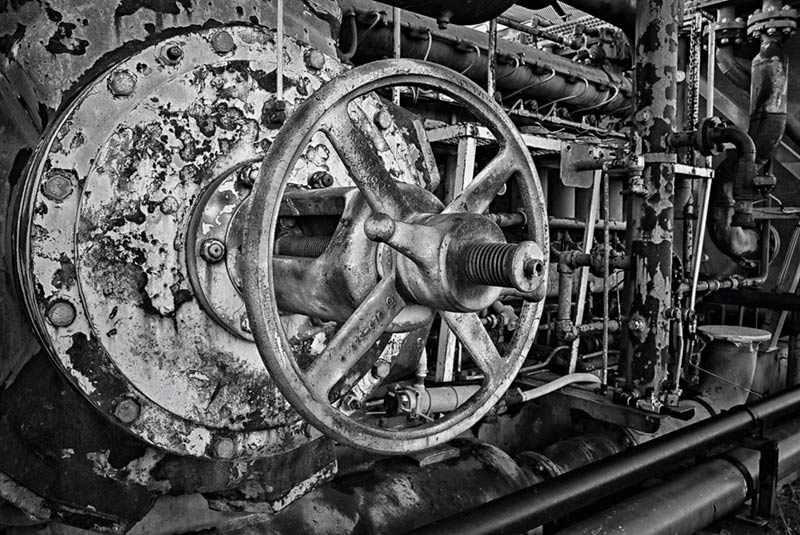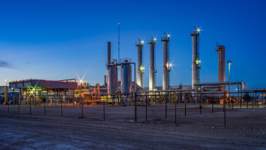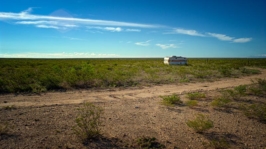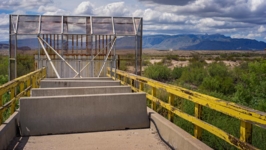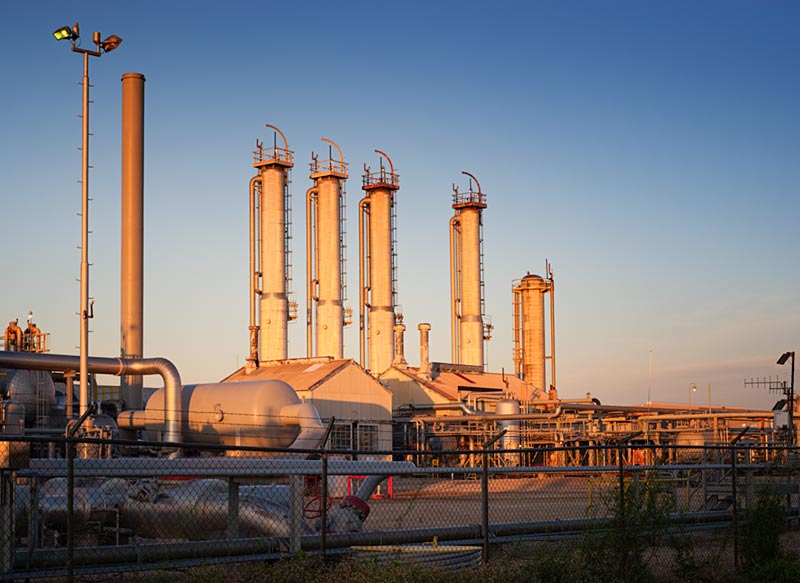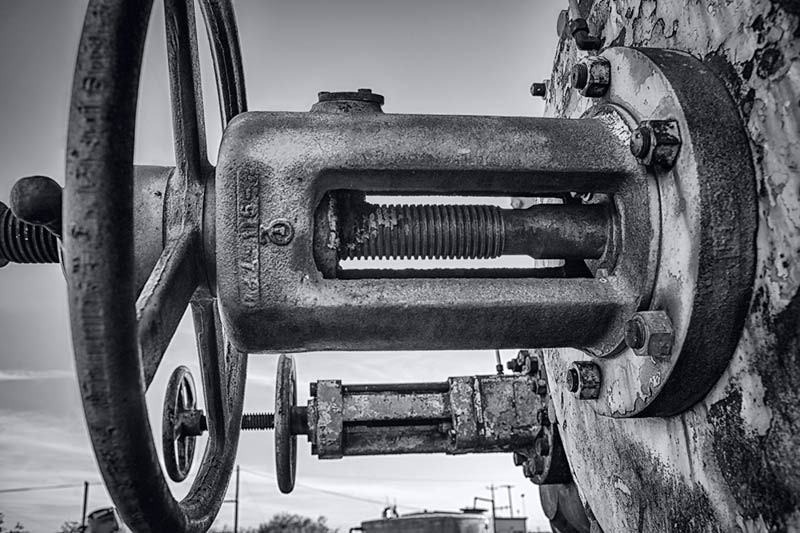Impressions of the Sony A7II
Just to be clear this is not a review of the Sony A7II. There are plenty of detailed reviews available written by people who are qualified to do that sort of thing. This article covers only aspects of the camera that are important for my purposes.
Why this Camera
For the last few years I have been shooting with mirrorless cameras from Olympus micro four thirds and most recently the Fujifilm X series. Both systems feature advanced camera bodies with superb quality lenses at affordable prices for non-professional users. My decision to change systems is not because of dissatisfaction. My goal with the A7 is to shoot exclusively with manual legacy lenses. Considering all the mirrorless cameras currently available the Sony A7 series is most suited to working with old glass.
For the next year I intend to shoot only with A7 camera bodies and obsolete adapted lenses. I currently have three Olympus Zuiko lenses to start the project. These lenses are probably not the best glass but they are free and in good condition. To be fair these particular lenses, 28mm f3.5, 50mm f1.8 and 135mm f3.5 have given good results with my other systems.
About My A7II Camera
I purchased a very lightly used A7II body and extra battery from Adorama Camera. I can’t say enough good things about the service and equipment from Adorama. The camera is in like new condition. In addition to the body I bought a L-Plate and Fotodiox Pro OM-Nex lens adapter off EBay. My intention is to invest the minimum amount of cash into the new system.
Once kitted out with the L-Plate, lens adapter and lens the camera is quite well balanced and feels good in hand. My initial concern was that the body would be too light for the adapter and all metal lenses. That is not a problem with my current lens set.
Custom buttons are programmed for quick access to focus assist, SteadyShot lens focal length and SteadyShot IBIS on/off. The need to toggle IBIS might not seem important but is necessary for tripod use and eventually for manual zoom lenses. Using manual zooms is a challenge on cameras equipped with IBIS because the focal length of the lens has to match the focal length expected by the IBIS stabilization program. My solution is to turn off IBIS when using zooms and bump up the shutter speed as necessary. This can be easily done with the camera in manual mode by selecting auto ISO then setting aperture and shutter speed as desired. The camera has sufficient high ISO capabilities to make this work well.
In the Field
This field impression covers one day of shooting on the Edwards Plateau and Big Bend areas. If first impressions are accurate as they generally are for me then this camera is excellent all around. It does have some drawbacks both when shooting and processing images but nothing that will rule the camera out.
What I don’t like about the Camera
- Camera startup is slow
- The camera tries hard to maintain 1/60 second shutter speed in aperture priority mode
- Slow continuous shooting frame rate
- Bad Battery Life
- Proprietary flash connections
The camera does many things right but two items are serious aggravations for me. First, the A7II loves to use 1/60 second shutter speed in aperture priority mode. For landscape this is no problem but for subjects that move at all this could be bad news. There are a number of ways to get the right shutter speed but easiest way would be to allow minimum shutter speed to be set for aperture priority mode. This should be fixed right away. Sad to say my now departed Fuji X-T1 had a much more competent A mode than the A7II. Second battery life is simply abysmal. The battery does not have enough capacity to allow a day of shooting. There is really nothing more to say except battery life sucks.
What I like about the camera
The good qualities of the A7II far outweigh the bad. It captures great color images with excellent detail. I expected this and the camera delivers. Whether uncompressed Raw files will make a difference to image quality is something I can’t answer at the moment. I can say that Sony compressed Raw files seem to offer less potential for recovery of dynamic range than others I have processed.
The SteadyShot IBIS seems to work quite well. I’m not sure it is up to the standard of some Olympus four thirds cameras but it is certainly useful. The A7II has no trouble making sharp images using a 135mm legacy lens at 1/60 second. Just as important I have no trouble manually focusing a 135mm lens with IBIS damping out vibrations and hand movements.
Camera customization is excellent. After a couple of false starts I was able to put together a setup which gives me fast access to common settings. With an hour’s practice I can do everything necessary to shoot without taking my eye away from the viewfinder. This is very important for manual shooters.
I can usually tell whether or not I’ll get along with a camera within the first few minutes of shooting. The A7II passes that test with flying colors. With my custom setup the camera lets me get on with the business of shooting. I can concentrate on making good images not operating the camera.
So far it has been easy to get good results from the A7II. I have not used it to shoot onstage musical performance yet. That will be a challenge with manual lenses. Fortunately I generally shoot outdoors during daylight hours. I expect with a little practice I’ll get decent image production when I shooting in Luckenbach Texas.
The bottom line for me so far is that the A7II is a great piece of gear. I look forward to spending more quality time shooting images of all sorts. Above all, get out and take some great images today!
